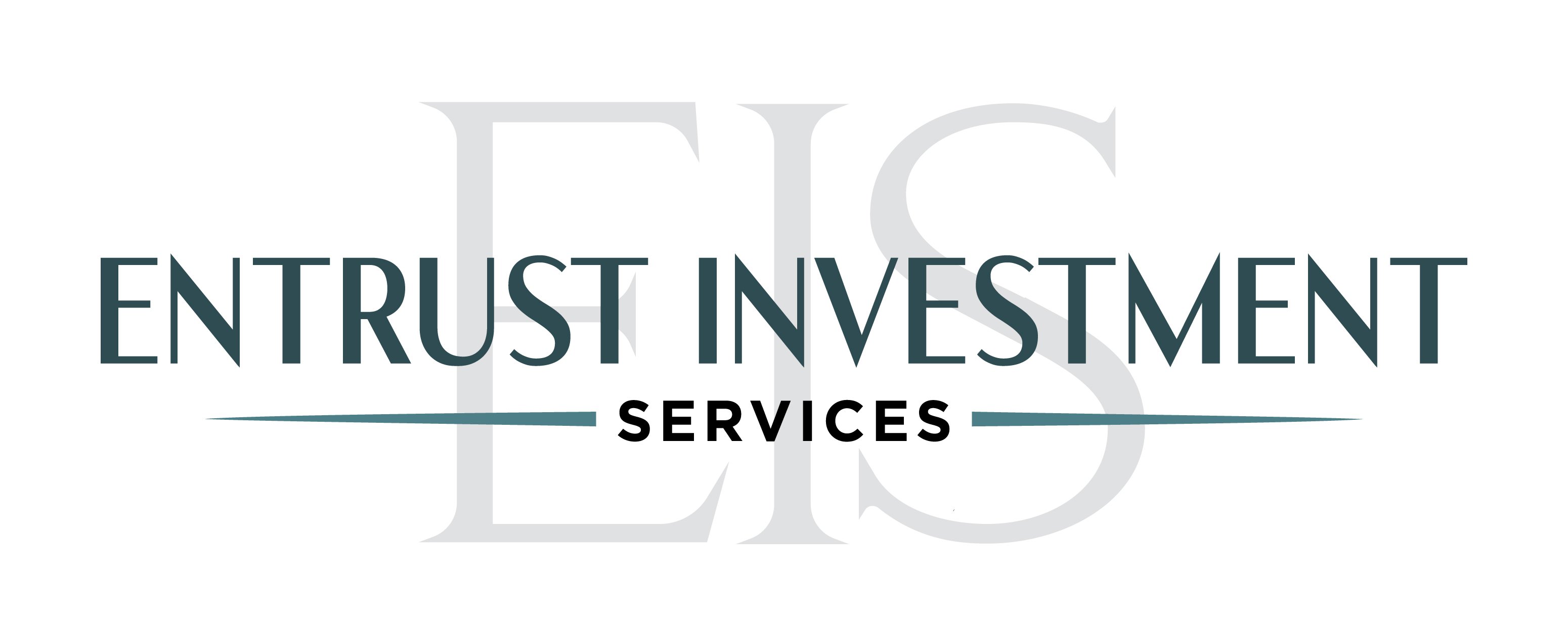Introduction
A Required Minimum Distribution (RMD) is a term many Americans become familiar with as they approach retirement age. These mandated withdrawals from retirement accounts are critical to comprehend, as they carry implications for your retirement income and taxes.
Section 1: What is a Required Minimum Distribution (RMD)?
An RMD is the minimum amount that must be withdrawn annually from tax-deferred retirement accounts once the account holder reaches a certain age, as dictated by the Internal Revenue Service (IRS). This applies to accounts like 401(k)s, 403(b)s, and traditional Individual Retirement Accounts (IRAs).
Section 2: Why Do RMDs Exist?
The logic behind RMDs lies in tax policy. The funds you contribute to your traditional IRA or 401(k) are tax-deductible and grow tax-deferred. However, the government eventually wants to collect those deferred taxes. The RMD is the mechanism to ensure those funds are eventually subjected to taxation.
Section 3: When Do RMDs Begin?
Previously, RMDs began in the year that a retiree turned 70.5. However, under the SECURE Act of 2019, the age was raised to 72. The first withdrawal must be made by April 1 of the year following the year the retiree turns 72, and subsequent withdrawals must be made by December 31 each year.
Section 4: How is an RMD Calculated?
The calculation for RMDs is based on the account holder's life expectancy and the balance in their retirement accounts at the end of the previous year. The IRS provides a Uniform Lifetime Table that helps determine the distribution period for your RMD.
Section 5: What If You Don't Take the RMD?
Failing to take the RMD, or not withdrawing enough, can result in a hefty penalty from the IRS—50% of the amount that should have been withdrawn. So, it's essential to adhere to the regulations.
Section 6: Can RMDs Be Avoided or Reduced?
Although RMDs cannot be avoided entirely for most people, there are strategies for minimizing the impact. Some possibilities include Qualified Charitable Distributions (QCDs), Roth IRA conversions, and investing in a Qualified Longevity Annuity Contract (QLAC).
Conclusion
Understanding RMDs is crucial for sound retirement planning. While they can feel like a burden, knowing when and how to take these distributions can help you avoid penalties and optimize your retirement income. Always consider speaking with a financial advisor to help you navigate the complexities of RMDs based on your specific circumstances.




